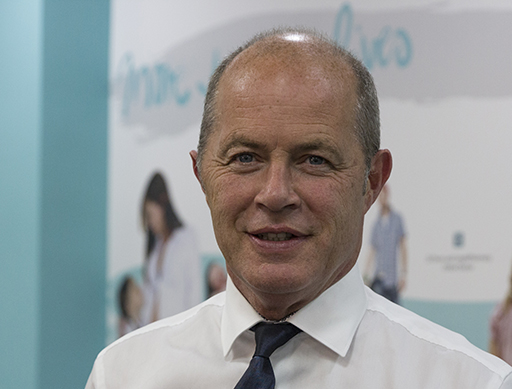Latest: More on LloydsPharmacy closures
In News
Follow this topic
Bookmark
Record learning outcomes

LloydsPharmacy has released more information following yesterday's shock announcement that it is to close or sell 190 of its pharmacies.
In a statement issued to Pharmacy Magazine, the company said it is engaged €in an active process€ to try and find alternative options for these stores, which include divestment.
€This is an ongoing process €“ it is too early to give any further details. What we can say, is that both the employees of the stores and the local communities are cared for as a priority. This will be a mixture of divestments and closures. We will be looking for potential buyers for the affected pharmacies. It is for whoever acquires the pharmacies to make decisions about their future.
€We would like to acknowledge that this is an unsettling time for our colleagues in the affected areas and we will be doing all we can to support them through the process.
€Where a pharmacy is closing we will look to redeploy colleagues wherever and whenever possible, in line with opportunities that exist and their wishes. Where we are unable to find a solution, unfortunately colleagues may be in a redundancy situation. This is an ongoing process, therefore it is too early to give any further details.€
In an indication of the likely time frame for the closures, the company said it needs to give three months' notice to the NHS to close each pharmacy, unless it has a 100-hour contract, in which case it will give six months' notice.
Commercially unviable
The reason for the store closures is because they are €commercially unviable€, the statement continued, but LloydsPharmacy is €absolutely committed to [its] bricks and mortar estate and the importance of face-to-face interactions between patients and community pharmacists.
€Nevertheless, customer behaviour is changing and community pharmacy should adapt to the changing external landscape. We believe that a blend of face-to-face interactions plus the convenience of online transactions provide patients and customers with the choice to better manage their health.€
€We constantly review our business portfolio and we will continue to make decisions that will ensure we have a strong business in the future. While we need to review our business model in order to continue to operate efficiently, this also presents an opportunity for us to set ourselves up for future growth and build our reputation as a trusted partner of the NHS.
€This is a transformation for our business that will combine the accessibility of our physical pharmacies and their teams, the customer convenience of digital channels and harness the skills of our people to provide a broader range of healthcare in people's homes, communities or wherever they need it.€
In an interview with PM published in September, Celesio UK managing director Cormac Tobin had said the €draconian and counter-productive€ funding cuts had hit the entire sector hard, no matter the size or ownership of the pharmacy business. €Costs are up... we keep making efficiencies where we can,€ he had warned.

The cuts not only threatened pharmacy's future, but hit at the very heart of what makes the sector an integral part of the communities and people it serves. €There is no line of sight to enable us to run our businesses progressively and invest in the future,€ he said.
In 2015 LloydsPharmacy purchased 281 pharmacies from Sainsbury's for £125 million.
The reason for the store closures is that they are commercially unviable
